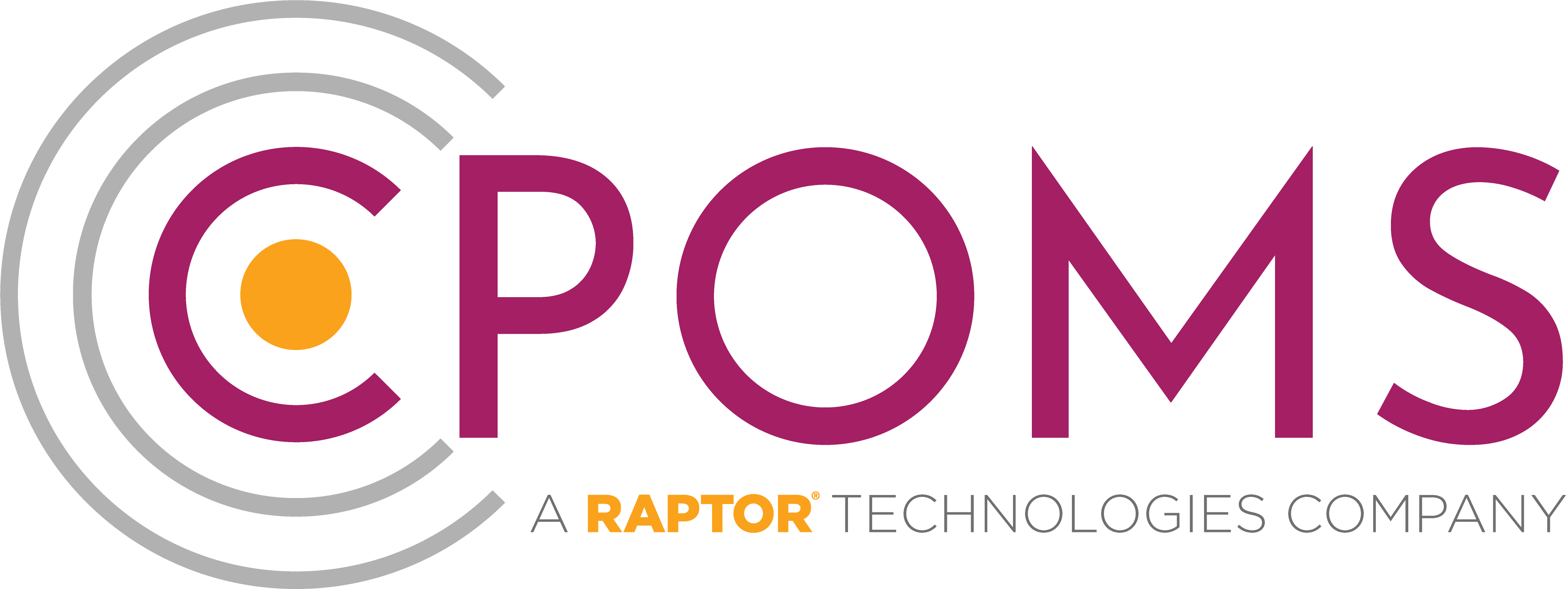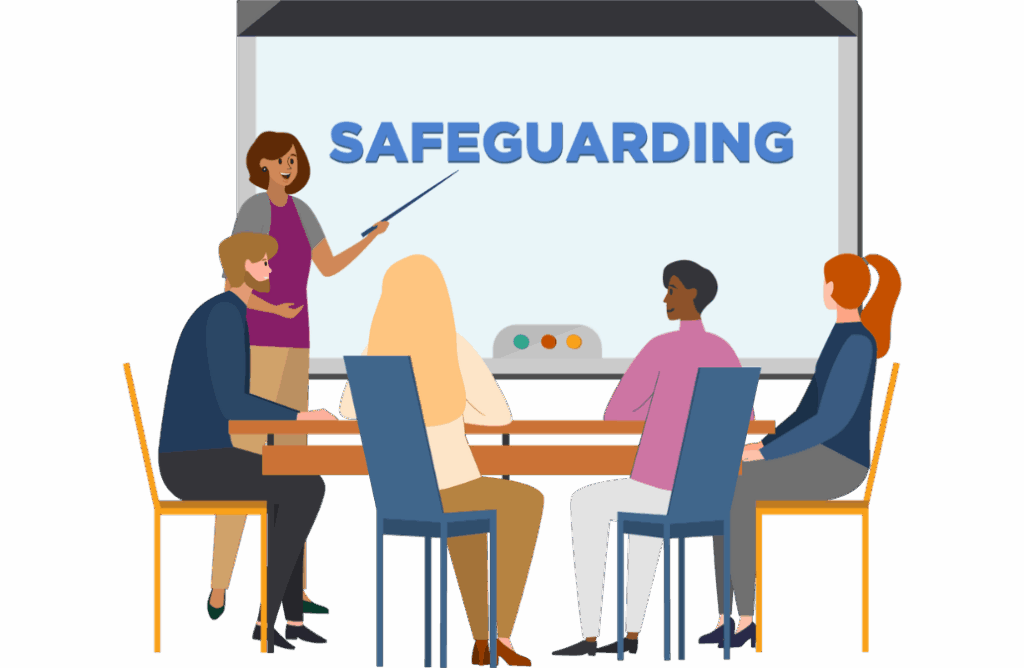Creating a safe and secure environment in schools, for both students and staff, requires effective safeguarding processes and the right tools in place to support all those involved in safeguarding. As challenges in schools continue to evolve, effective safeguarding requires continuous review and optimisation to stay ahead of new trends and address emerging risks.
In order for schools to navigate the latest requirements of their respective inspection frameworks, renewed guidance for “multi-agency working” around child safeguarding and the latest guidelines for Keeping Children Safe in Education (KCISE), it is more important than ever to have up-to-date safeguarding processes. This includes making sure that systems are in place to support safeguarding practices, as well as ensuring that these systems are regularly reviewed and optimised.
Multi-agency safeguarding changes – what are the key insights for schools?
Last year, the government issued an update to the guidance for “multi-agency working” around child safeguarding. The legal requirements on schools and school leaders have not been changed. There are, however, several important points in the update for school leaders and designated safeguarding leads to note for future practice:
1 – Schools will play a greater role in collaboration
The updated guidance makes it clear that schools are a central part of multi-agency safeguarding: “[Education settings] have a pivotal role to play in safeguarding children and promoting their welfare.” It outlines.
“Their insight and cooperation are vital to the successful delivery of multi-agency safeguarding arrangements…This means making sure that the views and contributions of education and childcare providers are articulated at the highest level of decision-making.”
The guidance recognises that, often, schools will know the child and their needs the best. They shouldn’t be left out of the loop when it comes to making safeguarding decisions – even when other agencies, like local authorities and police, are involved.
2 – Improving the sharing of safeguarding information
Information sharing between education settings and other safeguarding professionals is vital to effective safeguarding practices, and the updates to the guidance reflect this:
“Safeguarding professionals, including safeguarding partners and their delegates, should work closely with education and childcare settings to ensure information about children is shared effectively.”
While schools have always been required to pass on information to other agencies, they do not always get information shared in a two-way stream. Tackling this is a crucial step. If all agencies have the tools to communicate important information quickly and safely, they can work together more effectively.
3 – Working with families for a holistic approach
In the guidance, there is a significant focus on the importance of engaging positively with the family in cases of safeguarding concerns.
“Parents and carers need to understand what is happening, what they can expect from the help and support provided, what is expected of them and be supported to say what they think,” it highlights.
It’s more important than ever that schools are clear in any communications when it comes to safeguarding issues. If there is a safeguarding concern, communication with parents might not always be straightforward.
Schools will need to be even clearer about why they feel parents or carers should not be informed about the safeguarding issue, especially as they will need to justify this to other agencies and, in all probability, to those parents in the future if a safeguarding concern is managed without their knowledge.
How can CPOMS help?
1 – Facilitating seamless multi-agency collaboration
CPOMS Engage paves the way for improved communication amongst schools and agencies. The software helps to simplify sharing of sensitive pupil information, create clear chronologies, and streamline safeguarding processes. It is particularly useful for sharing information about students who attend multiple schools or are involved in social care.
Through automated CPOMS Share Contracts, safeguarding, child protection, pastoral and welfare information can be swiftly and securely shared across settings. Local Authorities can also directly access reports of incidents, eliminating the need for reworking manual files.
2 – Addressing staff mental health concerns
It’s important to have systems in place to address mental health concerns of staff year-round. CPOMS StaffSafe is designed to address the unique safeguarding needs of staff. By highlighting features that specifically target stress and mental health concerns, the platform allows schools to remain committed to the welfare of their educators.
3 – Streamlining reporting and information sharing processes
Safeguarding software can be a helpful tool for schools looking to adhere to the legislative changes outlined in this blog. As the new guidance emphasises the role of schools in multi-agency safeguarding efforts, CPOMS Engage offers an ideal solution to streamline communication and information sharing across educational settings and agencies.
By providing a centralised platform, the software facilitates efficient collaboration among the safeguarding network, so schools and agencies can adapt seamlessly to any reporting requirements.
Stay ahead of the game
Maintaining robust safeguarding practices is crucial to providing a supportive environment for both students and staff. As schools work through shifts in the safeguarding landscape – from legislative changes and updated guidance on multi-agency safeguarding to changes in Ofsted inspections – it’s critical to ensure that safeguarding processes are up-to-date and efficient.
By embracing tools like CPOMS Engage and StaffSafe, schools can proactively address some of the challenges they may face when it comes to safeguarding. In doing so, they can create environments that improve the wellbeing and success of everyone in the safeguarding ecosystem.
To learn more about how CPOMS software can bolster your school’s safeguarding practices, reach out to our team.




